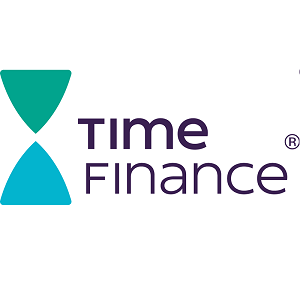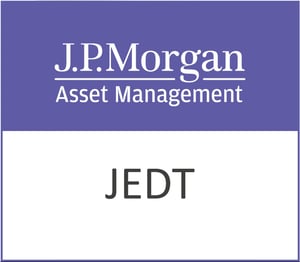The echoes of a 65-year banking partnership still lingered in boardrooms as this regional wholesaler faced an abrupt funding crossroads. A sudden shift in its primary lender’s stance cast a long shadow over seasonal purchases and supplier commitments, leaving management with a stark choice: limp forward under restrictive terms or seek a fresh approach to safeguard trading continuity. Neither option appealed, yet that juncture set the stage for a creative funding overhaul that would redefine how a time-honoured distributor of pipes and fittings sustains its cash flows.
Under its previous arrangement, the business relied on an overdraft, trade finance loans and an invoice finance line to juggle working capital demands. When its bank began to curb outgoings, critical payments stalled and operational momentum stalled in unison. Rather than endure piecemeal concessions, the leadership team opted to invite an alternative lender to dissect the company’s balance sheet and contractual commitments comprehensively. That scrutiny uncovered latent borrowing capacity in receivables, alongside a realistic plan to extinguish short-term liabilities. By weaving together an expanded invoice finance line with a tailored term loan, the wholesaler regained both liquidity and autonomy.
In practical terms, the new structure replaced the existing invoice finance facility with a £2.2 million arrangement, immediately unlocking cash tied up in outstanding customer invoices. Crucially, the payment threshold was raised to 95 percent, meaning nearly the full face value of receivables became available to fund stock purchases and day-to-day outlays. Simultaneously, a £550 000 Xtra Time Loan was put in place to retire the lingering overdraft and trade finance balances. The dual-track solution not only addressed the immediate funding void but also aligned repayment schedules with the firm’s established sales cycles, easing pressure on margins and enabling smoother balance sheet management.
For investors, the case offers more than a snapshot of crisis mitigation. It illustrates how flexible, multi-product finance can be deployed to fortify mature businesses when conventional banks retreat. By structuring a loan and invoice finance package that mirrors revenue patterns, the arrangement preserves headroom for reinvestment in inventory and working capital without incurring punitive charges or hampering growth plans. The wholesaler’s ability to negotiate favourable payment terms with suppliers remains intact, while its credit control processes benefit from the finance partner’s optional support services. In effect, the company trades one-size-fits-all covenants for bespoke terms that reflect sector seasonality and customer concentration, a shift likely to resonate across asset-intensive niches.
Timing also played a pivotal role. The intervention came ahead of a traditionally busy period for commercial construction, when demand for piping systems typically accelerates. Rather than scrambling for ad hoc invoice discounting or emergency overdrafts at peak rates, the wholesaler secured certainty around funding costs and availability. That clarity has a dual impact: it underpins procurement negotiations and it signals to stakeholders, employees, suppliers and end customers alike, that operational continuity is non-negotiable. For investors seeking stable cash flows, such episodes underscore the value of financing partners attuned to cyclical upticks and troughs, ready to flex credit lines to pre-empt seasonal pinch points.
Beyond the immediate financial safeguards, the restructuring promotes strategic optionality. With the lending facility and term loan in place, the wholesaler can re-evaluate its credit terms, explore bulk-buy discounts and pursue selective market expansion without overleveraging. Should larger capital projects arise, such as automation of fulfilment centres or diversification into adjacent territories, the existing multi-product framework can be scaled or complemented by additional financing lines. That adaptability contrasts sharply with rigid banking covenants that often stifle operational pivots, especially for family-owned enterprises with deep community roots.
As the business transitions onto this steadier platform, management retains the latitude to focus on long-term positioning rather than firefighting cash-flow crises. The finance partner’s shared commitment to sector expertise and tailored credit oversight transforms the lender-borrower relationship into a collaborative growth enabler. Investors attuned to the nuances of supply-chain finance and asset-backed lending will recognise the broader trend: alternative lenders stepping into gaps left by traditional banks, deploying modular solutions to sustain UK SMEs through challenging headwinds.
Time Finance plc (LON:TIME) is an AIM-listed business specialising in the provision or arrangement of funding solutions to UK businesses seeking to access the finance they need to realise their growth plans. Time Finance can fund businesses or arrange funding with their trusted partners through Asset Finance, Invoice Finance, Business Loans, Vehicle Finance or Asset Based Lending.













































